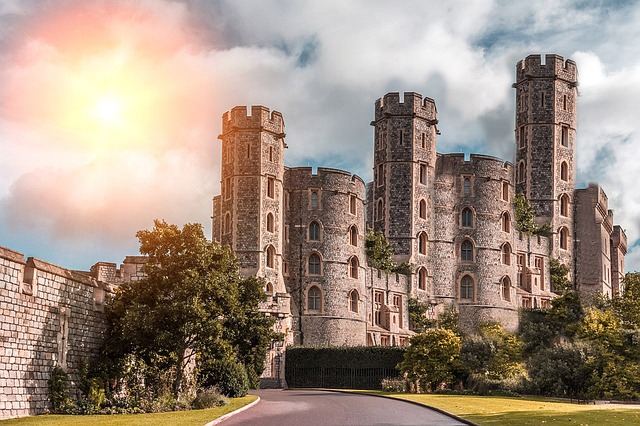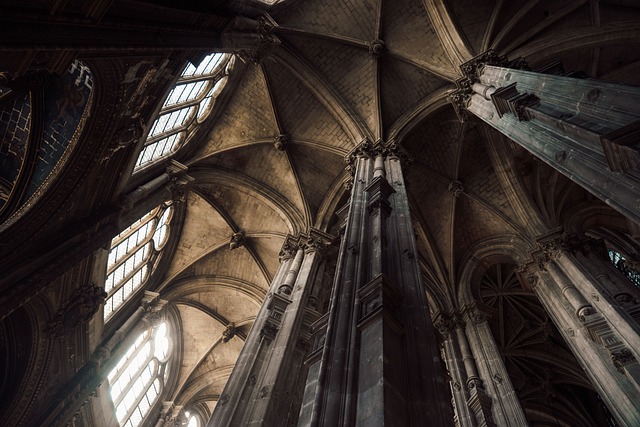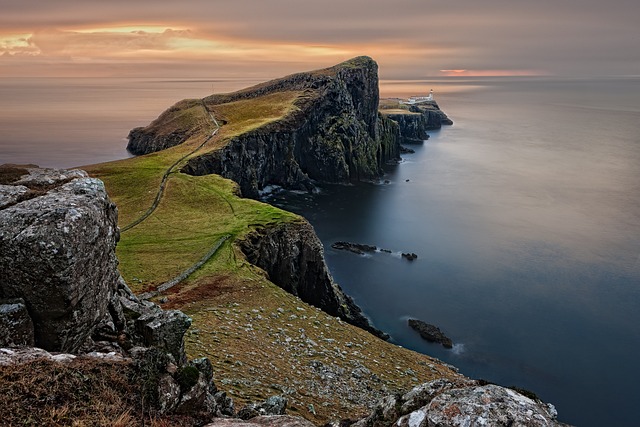Mongolia is a landlocked country situated between Russia and China. It is the world’s second-largest landlocked country after Kazakhstan. Mongolia is rich in natural resources and has a unique landscape. It is home to some of the world’s last remaining nomadic people.
Mongolia is a land of extremes. It is the coldest capital city in the world, Ulaanbaatar. And yet, in the Gobi Desert, temperatures can reach 50 degrees Celsius in the summer. Mongolia is also one of the most sparsely populated countries in the world, with a population density of only six people per square kilometer. If you want to feel some extremes but can not afford to travel to Mongolia, then test your luck with the Bet365 app.
Mongolia has a rich history and culture. It was the home of the great Mongol Empire, which was the largest contiguous empire in world history. The Mongol Empire was founded by Genghis Khan in 1206. At its peak, the empire extended from China to Europe, and from Siberia to the Persian Gulf. Today, Mongolia is a parliamentary republic. The president is the head of state, and the prime minister is the head of government. The Mongolian People’s Party is the ruling party. Mongolia is a fascinating country to visit. Here are 10 of the most unknown places to visit in Mongolia.
1. Ulaanbaatar
Ulaanbaatar is the capital and largest city of Mongolia. It is also the coldest capital city in the world. Ulaanbaatar is situated on the Tuul River in the north-central part of the country. The city has a population of over 1.3 million people.
2. Orkhon Valley
The Orkhon Valley is a UNESCO World Heritage Site. It is located in the central part of Mongolia. The Orkhon Valley was the capital of the Mongol Empire from the 6th to the 13th century. It is home to many ancient monuments and ruins.
3. Gobi Desert

The Gobi Desert is a large desert region in Mongolia. It covers an area of 1.3 million square kilometers. The Gobi Desert is home to many rare and endangered animals, such as the snow leopard, Mongolian gazelle, and Bactrian camel.
4. Lake Khövsgöl
Lake Khövsgöl is a freshwater lake in northern Mongolia. It is the second-largest lake in Mongolia and the deepest lake in Central Asia. Lake Khövsgöl is a popular tourist destination for its clear waters and scenic views.
5. Terelj National Park
Terelj National Park is located in the Tov Province of Mongolia. It is one of the largest national parks in Mongolia. Terelj National Park is home to many plants and animals, including the endangered Siberian ibex.
6. Kharkhordin
Kharkhorin is a small town in the Övörkhangai Province of Mongolia. It is located near the Erdenezuu Monastery. Kharkhorin was the capital of the Mongol Empire from 1235 to 1260. Today, it is a popular tourist destination.
7. Erdenezuu Monastery

The Erdene Zuu Monastery is a Buddhist monastery in Kharkhorin. It was founded in 1585 by the Mongolian ruler Abtai Sain Khan. The Erdenezuu Monastery is the largest and oldest monastery in Mongolia.
8. Amarbayasgalant Monastery
The Amarbayasgalant Monastery is a Buddhist monastery in the Selenge Province of Mongolia. It was founded in 1640 by the Mongolian ruler Ligdan Khan. The Amarbayasgalant Monastery is one of the largest monasteries in Mongolia.
9. Khorgo-Terkh National Park
The Khorgo-Terkh National Park is located in the Tuv Province of Mongolia. It is home to the Khorgo volcano, the largest volcano in Mongolia. The Khorgo-Terkh National Park is also home to many rare and endangered animals, such as the Gobi bear and the Takhi horse.
10. Uvs Lake
Uvs Lake is a freshwater lake in western Mongolia. It is the largest lake in Mongolia and the tenth-largest lake in Asia. Uvs Lake is a popular tourist destination for its clear waters and scenic views.
